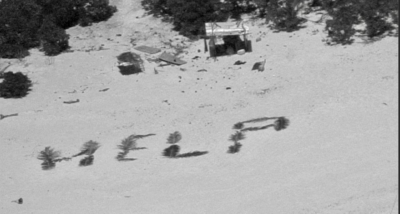The Coast Guard and environmental agencies spent much of this week dealing with the aftermath of a 31,000 gal. spill of dielectric fluid from a New York City power station into the East River.
A safety zone along the Brooklyn side of the river shut out paddlers and recreational boaters, and forced speed limit delays on commercial traffic, including the new NYC Ferry public service. The speed limits were still causing delays and inconvenience for riders in the Friday evening rush. But overall the spill did not seriously hamper operations, said Terry MacRae, president of Hornblower Cruises and Events, the parent company of operator NYC Ferry by Hornblower.
Booms and skimming vessels managed to recover 530 gal. from East River waters near the ConEdison Farragut substation in Brooklyn, where the spill was traced to a 37,000 gal. transformer that released into a containment area. The containment area caught at least 6,300 gal. that were recovered, spilling an unknown amount into the water, according to the Coast Guard and ConEd officials.
But more than 5,000 gal. may have entered the river and the Buttermilk Channel, Coast Guard officials said. At mid-week shoreline assessments were still being conducted, and the Coast Guard and New York Police Department coordinated helicopter overflights to search for pollution.
Water samples from the spill area showed trace levels of polychlorinated biphenyls (PCBs), a known cancer-causing group of industrial chemicals that were widely used in transformers, capacitors and other heavy electrical equipment before they were banned in 1977. PCBs are a longstanding pollution problem in the harbor and Hudson River, and public health advisories still caution about eating striped bass and other fish.
With heavy rain predicted for Saturday, ConEd planned to cover the spill containment area with tarps to control runoff and deploy vacuum trucks on land and skimmer boats in the river.
ConEd officials said the dielectric fluid – a light mineral oil used to cool transformers — escaped during a failure at 12:23 p.m. May 7. That also caused a voltage dip in the grid that affected the city subway signaling system, disrupting Sunday train service — another insult to rail riders who have suffered weeks of disruption.
The subway travails have been eclipsed somewhat by local media coverage of the NYC Ferry debut. City officials say the startup – offering rides for $2.75, the same as a subway fare – attracted 52,000 riders in the first week of operation.





